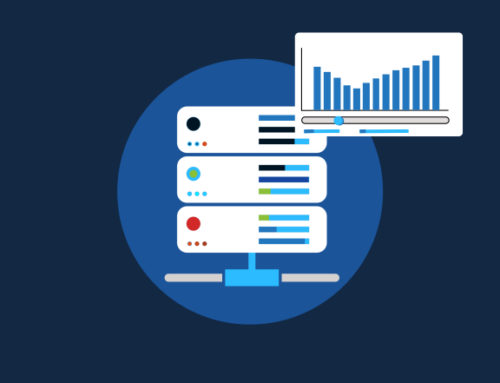The telecommunications industry has undergone a significant transformation in recent years with the rapid adoption of digital services. From wireless internet to fiber-optic connections, the shift to digital has revolutionized how we communicate and access information. However, this evolution has not only brought about technological advancements but has also posed unique challenges when it comes to telecom tax compliance.
As the telecommunications landscape continues to embrace digital services, ensuring tax compliance becomes more crucial than ever. Governments around the world heavily rely on telecom taxes to fund essential infrastructure projects and public services. However, with the emergence of new services and equipment in the digital realm, accurately identifying taxable transactions has become increasingly complex. Service providers must navigate through a maze of regulations and tax laws to stay compliant. In this blog, we will explore identifying taxable services and equipment in the digital age. Moreover, we will provide best practices and practical tips to help telecom businesses navigate the intricacies of tax compliance and maintain a strong financial footing in this ever-evolving industry.
Understanding Telecom Tax Compliance
In the digital age, the shift to digital services has brought about significant changes to telecom tax compliance. These taxes serve multiple purposes, including funding universal service programs, supporting infrastructure development, and ensuring fair competition.
Traditionally, tax compliance in the telecom industry has presented its fair share of challenges. Determining the taxability of specific services and equipment has often been a complex task due to the evolving nature of technology and the intricate regulatory frameworks. However, the advent of digital services has introduced a new set of emerging challenges. Identifying taxable services and equipment in the digital realm has become increasingly intricate as new technologies and platforms emerge. Ensuring compliance in this dynamic landscape requires a proactive approach!
Impact of Digital Services on Telecom Tax Compliance
The rapid growth of digital services has brought about a significant impact on telecom tax compliance. With the increasing prevalence of digital platforms, the tax implications associated with these services have become a key concern. Digital services, such as Voice over Internet Protocol (VoIP), video streaming, and cloud-based communication tools, fall within the purview of telecom taxation, presenting new challenges for compliance.
In addition to digital services, identifying taxable equipment in the digital realm poses its own set of challenges. In the past, telecom tax compliance primarily focused on physical equipment, such as telephone lines and switches. However, with the advent of digital technology, the lines between hardware and software have become blurred. Virtualized equipment, software-defined networks, and cloud-based infrastructure have made it challenging to determine the taxability of equipment. Businesses need to assess whether these digital assets are subject to telecom tax, and again, seeking expert advice can be invaluable in navigating this complexity.
Best Practices for Ensuring Telecom Tax Compliance
- Implementing Effective Systems: To overcome the challenges of identifying taxable services and equipment in the digital realm, businesses should consider implementing effective systems and software for accurate tax calculation and reporting. Manual calculations and reporting can be time-consuming and prone to errors, making it essential to leverage specialized tools designed for tax compliance. These systems can automate calculations, track taxable transactions, and generate comprehensive reports. By adopting such systems, businesses can improve accuracy, streamline processes, and ensure compliance with telecom tax regulations.
- Regularly Reviews and Updates: To ensure continued compliance, it is crucial for businesses to regularly review and update their tax compliance strategies. This involves staying informed about new digital services, equipment, and business models that may have tax implications. Regular reviews and updates will help businesses stay ahead of the curve, minimize risks, and maintain compliance in the dynamic digital landscape.
- Keep Accurate and Organized Records: Maintaining proper documentation and records is a fundamental best practice for telecom tax compliance. In the digital realm, it becomes even more critical to keep accurate and organized records of transactions, invoices, tax returns, and other relevant documents. This documentation serves as evidence of compliance and is essential for responding to any tax-related inquiries or audits.
Telecom tax compliance in the digital age is of paramount importance for businesses operating in the telecommunications industry. The shift to digital services has brought about new challenges in identifying taxable services and equipment in the digital realm. However, by implementing best practices for ensuring compliance, businesses can navigate these challenges successfully. By prioritizing compliance and implementing these best practices, businesses can navigate the complexities of telecom tax compliance in the digital age and foster a solid foundation for continued success in the evolving telecommunications landscape.




